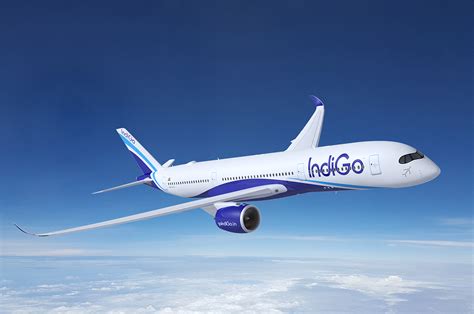Particularly scary for the competition is Ryanair’s rude health. Ryanair’s balance sheet remains one of the strongest in the airline industry. At the end of September it had net cash of €77m despite having spent over €600m on CAPEX, €200m on debt repayments and €468m on share buybacks during the half year. The airline completed its seventh share buyback in June at a cost of €886m, bringing total returns to shareholders since 2008 to over €4.2bn. The airline claims it will continue to return surplus funds to shareholders subject to market conditions as long as it remains profitable, cash generative, and can fund CAPEX and other operational requirements. With this in mind, the Ryanair Board authorized a further share buyback of up to €550m over the four month period from November 2016 to February 2017. Ryanair expects to split this 50/50 between ADR’s and ordinary shares, to ensure continued its 50% EU ownership requirement.
Views: 0






And they show little sign of sliding into complacency, lethargy and ultimately stagnation leading to decline.